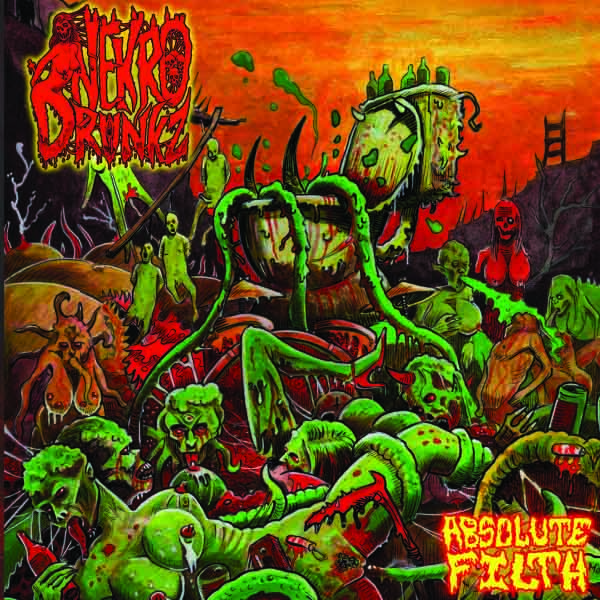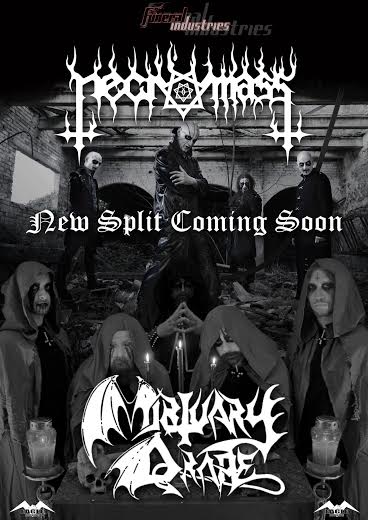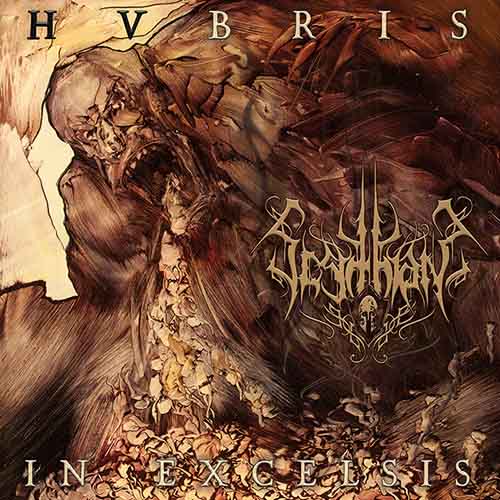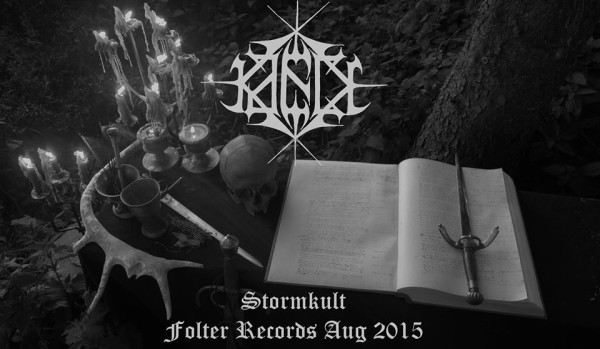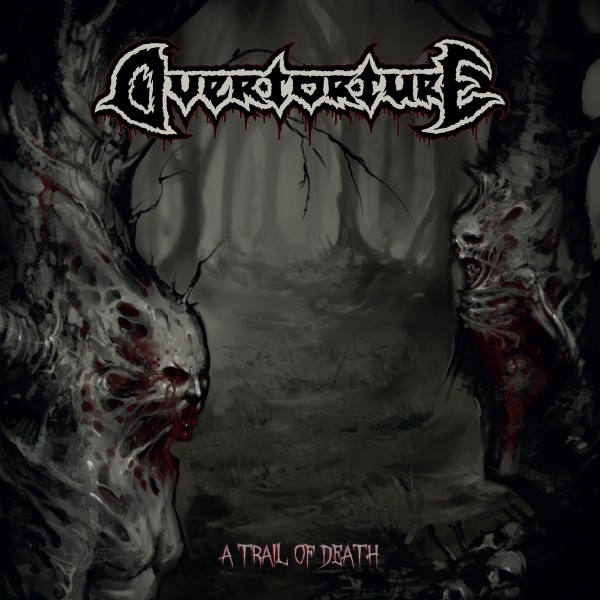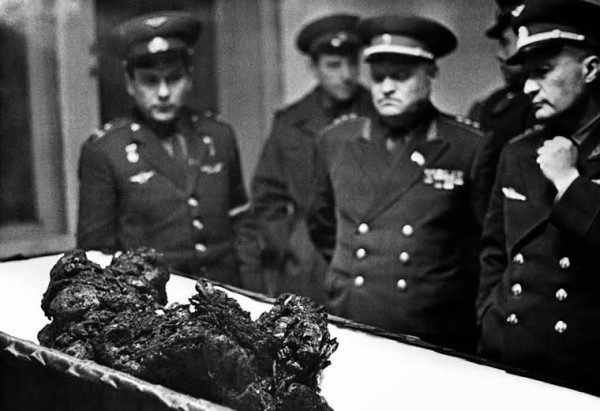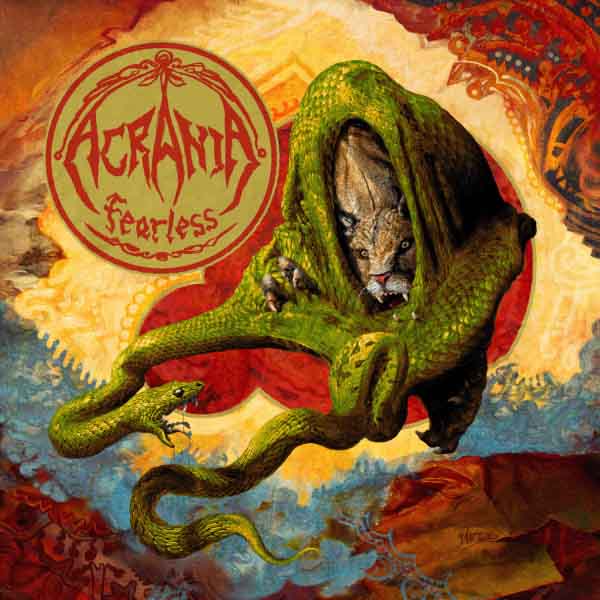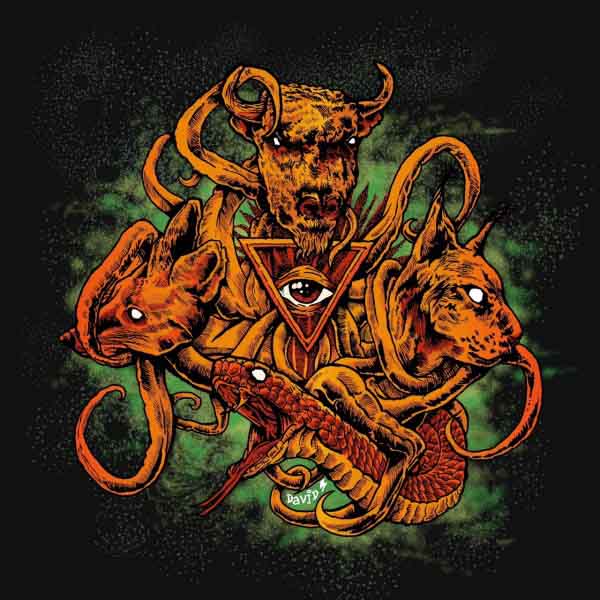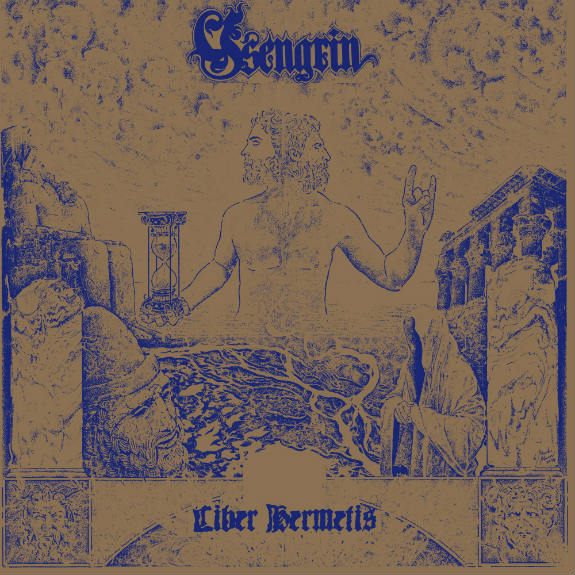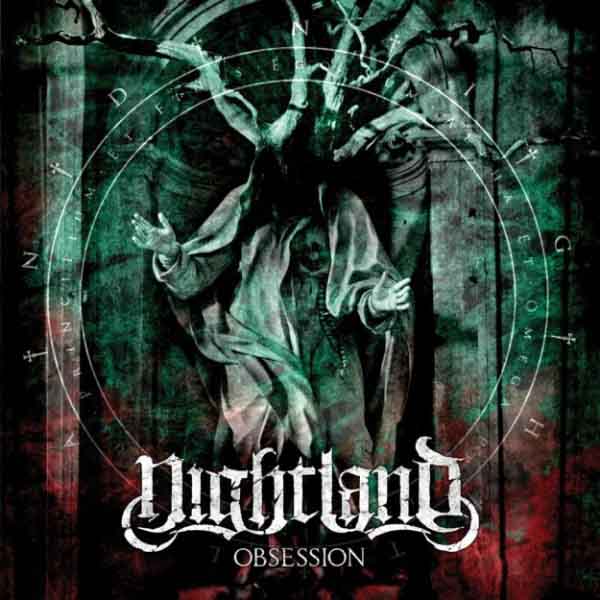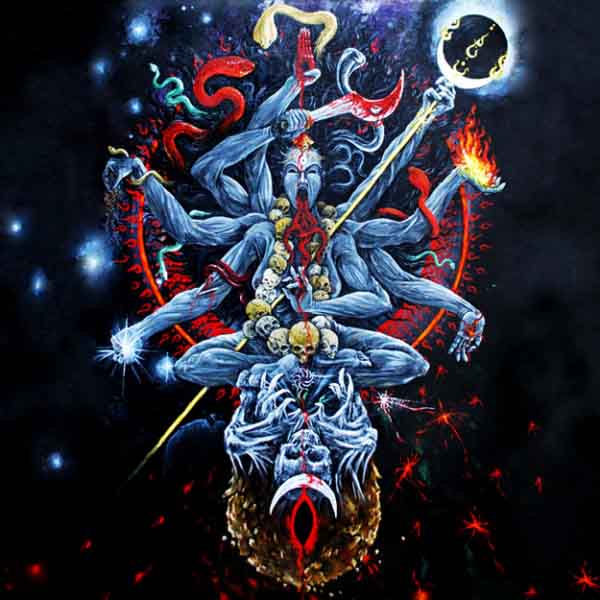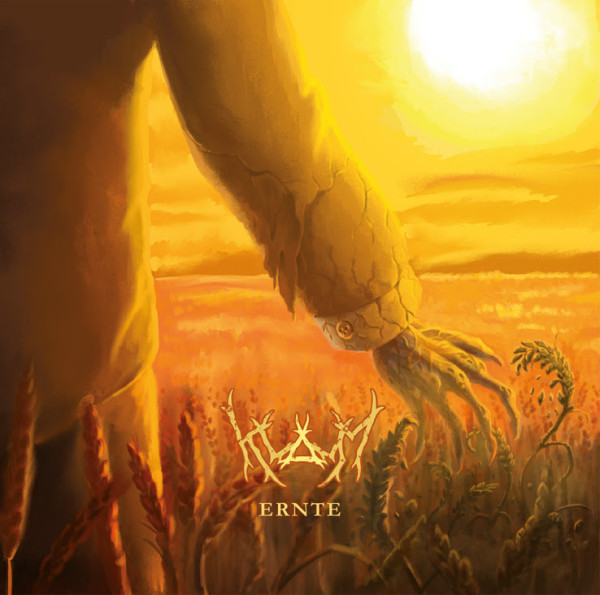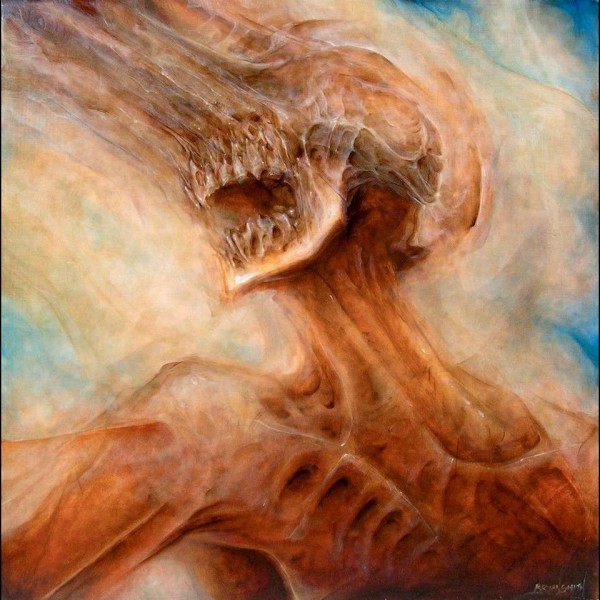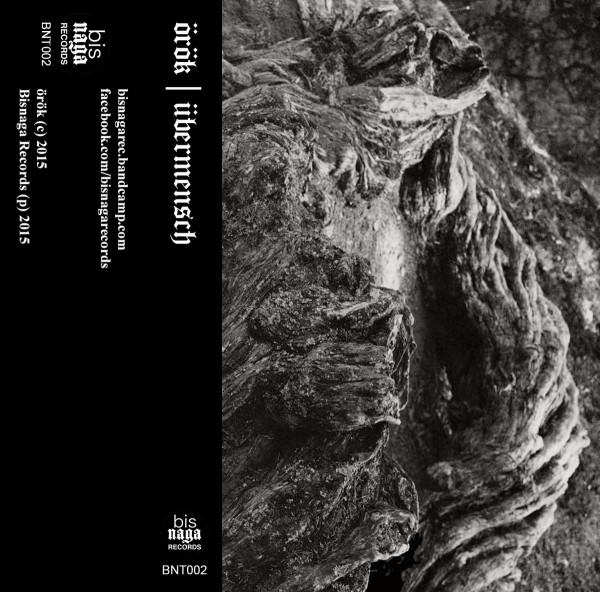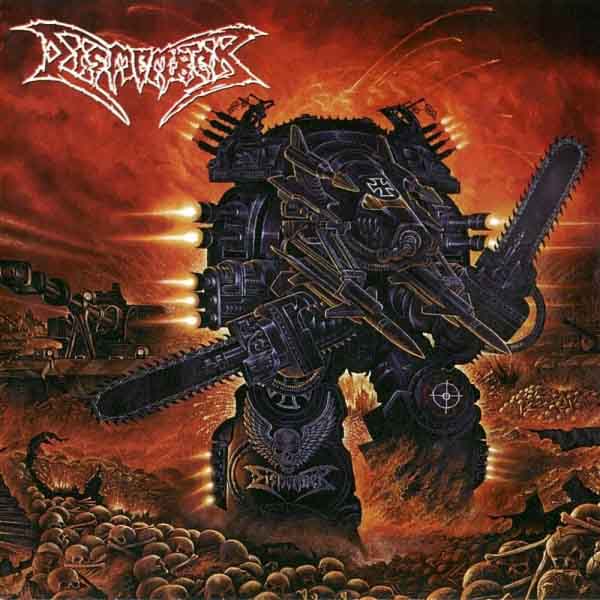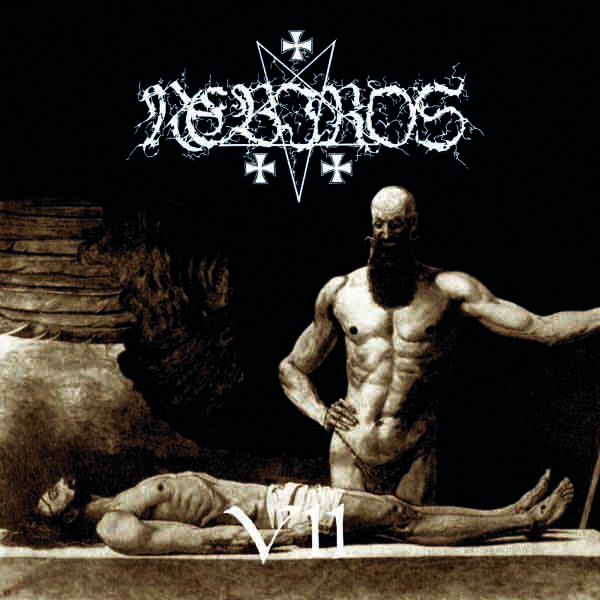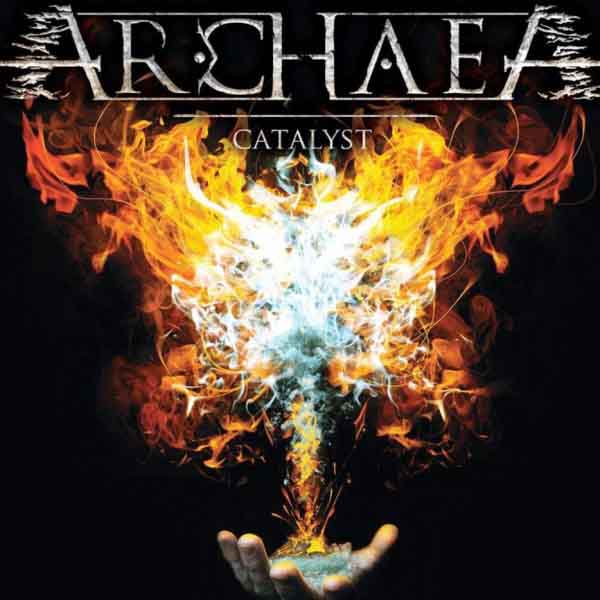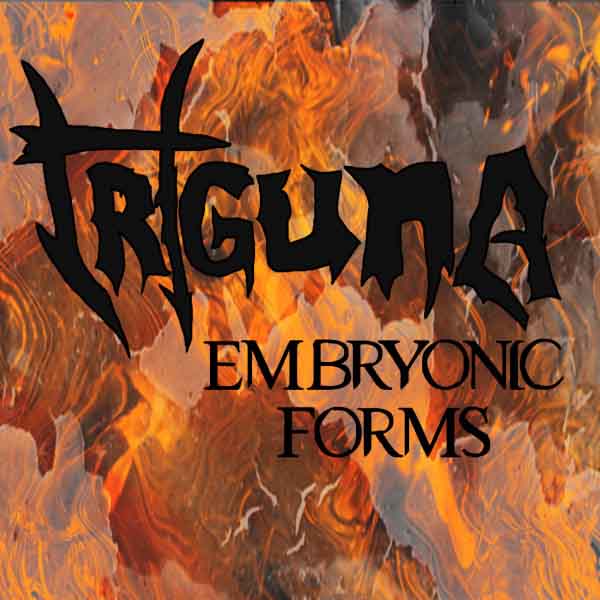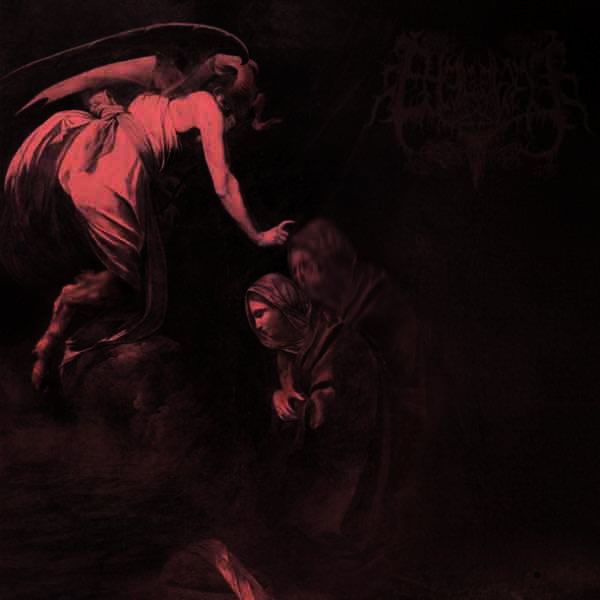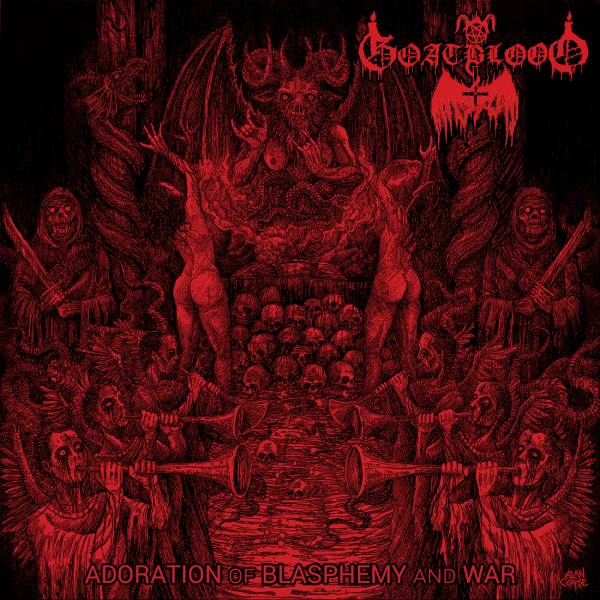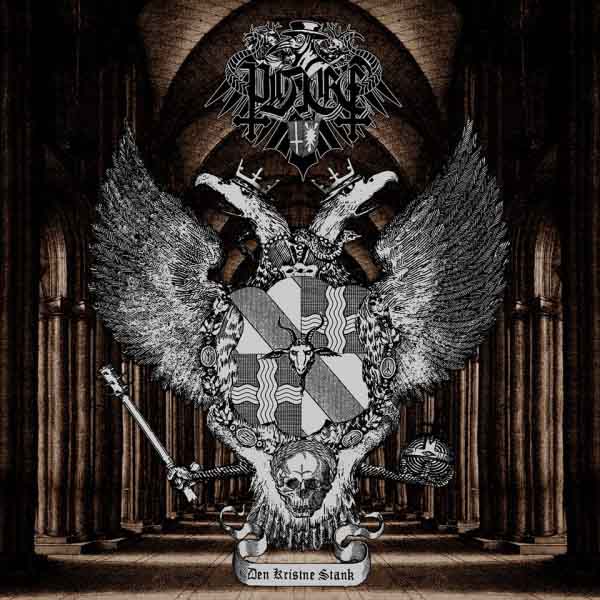Intent guide results and results reflect intent in a mirror-like relation akin the blurred causality presented by modern physics where the only ordering factor is time. We get a clear hint from the song names, but should not be hasty towards concluding everything abut a work without inspecting all the evidence. Being a work of music, it is our main interest to examine that, first and foremost, and then try to link our conclusions about the musical part with other observations and in an attempt to sniff out possible originating intentions.
While the likes of Napalm Death sought to shock, surprise or amuse in different ways and with different purposes (from insults and nonsense to social and political issues), their early albums were balanced out as a whole between the different concepts, to form a whole that was both entertaining and full of content while remaining constant in their choice for aesthetics. Grindcore must be strictly appreciated on an album basis, not a song basis. By themselves, many tracks lack any sense, but in the context of the whole work of art (not in the context of an extra-musical agent, which is a different topic) they attain a purpose and/or a meaning.
Napalm Death approached their goal using different techniques in a coherent manner and this gave albums like Scum a wide range of expression to produce a collection of songs of different duration and speed but like character. The technique would accommodate to the character and mold around it as needed. Songs with mid-paced sections are allowed to flesh out the groove before they enter frenetic trance. The tracks that are mini-bursts of demented blasting were also given their place and were not over-extended. In an undeterred flow from primal reactions to sonic expression, the early music of Napalm Death completely forgets about the self and like all great works of authentic art becomes an entity unto itself.
In Nekro Drunkz we see a band bent on projecting an image of disgust and fun. Admittedly a work of comedy, Absolute Filth has little staying power beyond the “catchy” brutality inherent to the grindcore genre. The reason for this lies in the poor and uneventful sections put together to support an ironic expression whose sole purpose is to shock. Musically, what we find in this album is song after of song that pair two or three riffs that do not do anything in particular. They do not escalate, they do not accelerate, they do not twist, riffs do not play on one another. Songs all express the same thing musically and lyrically. The lyrics are intended to tell you how disgusting they are and the music is only recognizably grindcore yet does little else than carry the voice while it blurts out its tired, “shocking” and friendly softcore gore.
While recognizing the intended goal of a work is paramount to understanding it, it is not an excuse for low quality. The argument usually runs along the lines of “And what if they wanted to make a piece of shit of an album?”. This is fallacy that assumes that if something is explained or is voluntary then it is exempt from any quality judgement. I do not see how this is so but it seems to be a popular belief. The fact remains that this album is, whether intentionally or not, a piece of shit.
5 CommentsTags: 2015, Absolute Filth, Grindcore, napalm death, Nekro Drunkz, Scum
